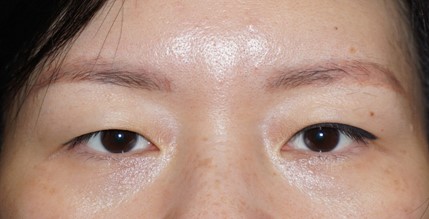
Fig. 1: Pre operatively*
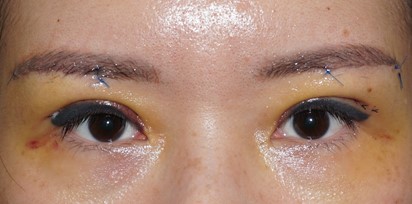
Fig. 3: Post operatively, day 5*
Advances in medical devices have produced different and competing electrosurgical technologies. The goals of such modern electrosurgical units aim to improve post-operative outcomes, shorten hospital stays and enhance the physiological healing of surgical wounds. The purpose of this case study is to share the outcome of a blepharoplasty that requires delicate cutting and coagulation using radiofrequency.
Ophthalmologist and eye surgeon A. Looi (Ava Eye Clinic, Singapore) reports on her experience with the CURIS® 4 MHz radiofrequency technology in combination with the SuperGliss® non-stick bipolar forceps and the disposable ARROWtip™ monopolar microdissection electrode:
“This case study highlights the gentle yet efficacious touch of the CURIS® device as we have observed it regularly in aesthetic eye surgery. Post-operative healing and scarring is comparable to the treatment using a cold scalpel. Impedance-controlled 4 MHz radiofrequency is an excellent option for precise, drag-free and hemostatic skin cuts.“
Audrey Looi MBBS, MMed (Ophth), FRCS (Ed), FAMS, MD, Singapore (Singapore)
Fig. 1 to fig. 4 show the course of treatment in this blepharoplasty case study:

Fig. 1: Pre operatively*

Fig. 3: Post operatively, day 5*
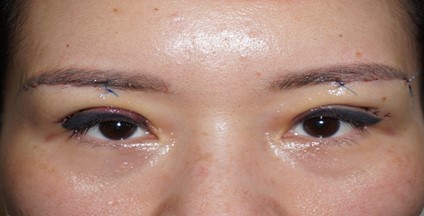
Fig. 2: Post operatively, day 1*
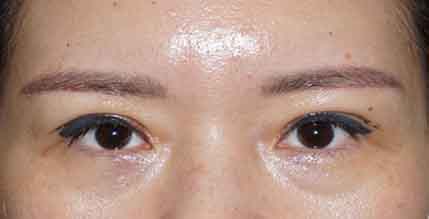
Fig. 4: Post operatively, day 12*
* Courtesy of A. Looi, MD, Singapore (Singapore)
Find out more about the study results by A. Looi, MD, in the application report:
Application Report: Optimising Outcomes in Blepharoplasty Surgery Using Radiofrequency [789 kb]
Find further opinions by surgeons and an overview of the wide range of solutions with the CURIS 4 MHz radiofrequency generator in the catalog Dermatosurgery and Plastic Aesthetic Surgery.
The CURIS® 4 MHz radiofrequency generator relies on innovative 4 MHz technology: It is gentle to the tissue, effective for coagulation, radio frequency volume reduction (RaVoR) and cutting. Especially in dermatologic surgery and plastic & aesthetic surgery, a clean and clear incision can be produced with the CURIS® 4 MHz radiofrequency generator. The degree of hemostasis is determined by the surgeon. The tissue can thus heal without unnecessary pain or scars.
With our SuperGliss® non-stick bipolar forceps and our product lines SuperGliss® non-stick ELP, SuperGliss® non-stick TEO and SuperGliss® non-stick zhora we offer a variety of models for different needs in the OR.
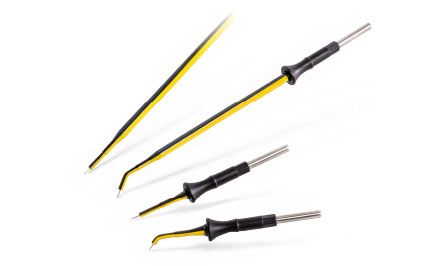
The ARROWtip™ monopolar microdissection electrodes, single-use, provide a suitable precision instrument for the application of the 4 MHz radiofrequency technology in dermatologic surgery. With their heat-resistant and ultra-sharp tips, they enable precision for fine skin and tissue incisions and coagulation. Sutter offers a selection of different models adapted to different needs in the OR.